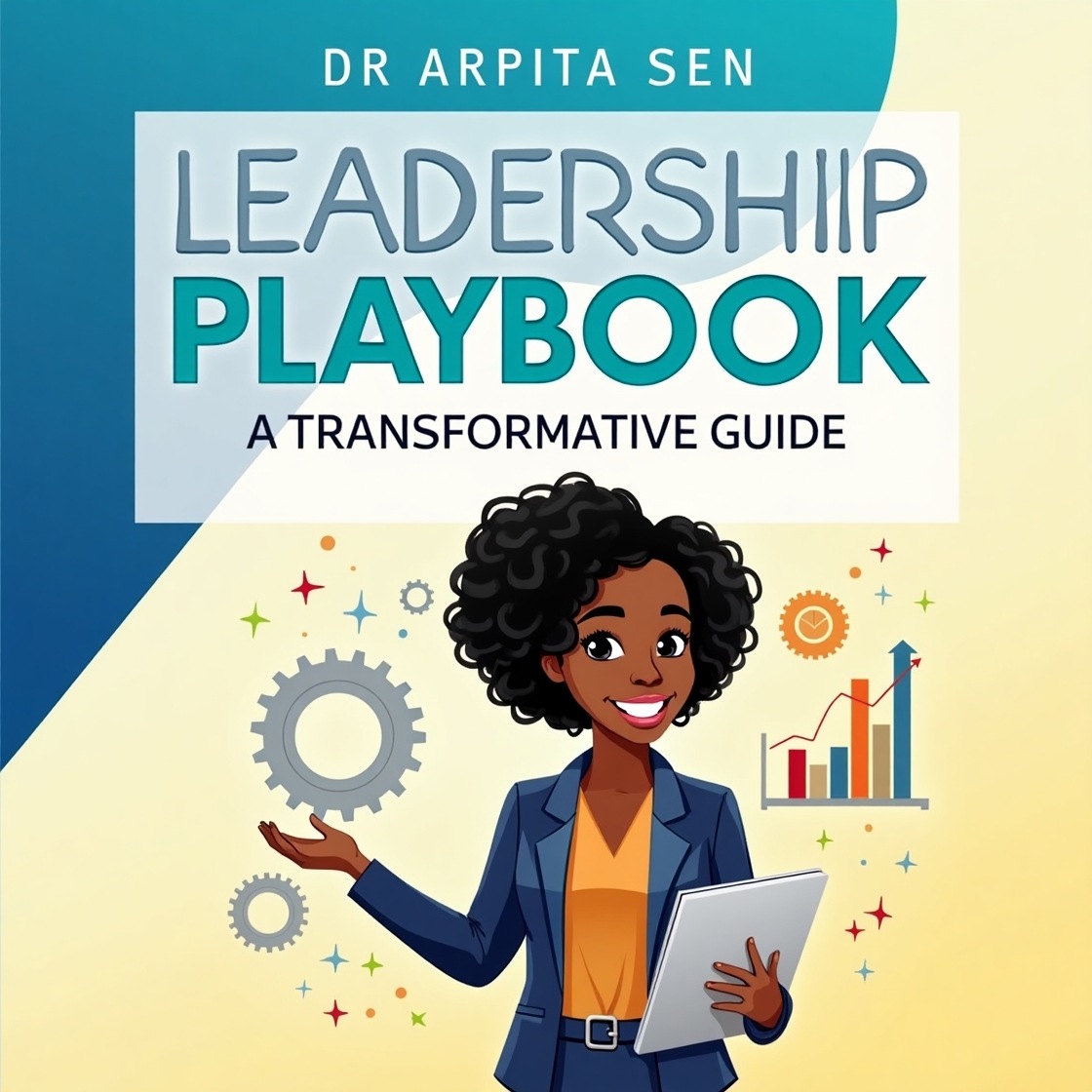In the continually shifting terrain of the global business stage, mergers and acquisitions (M&A) have evolved into pivotal strategies for companies aiming to broaden their market footprint, foster innovation, and realize operational synergies. Beyond the numerical intricacies, successful M&A ventures demand a profound comprehension of human resources (HR) dynamics, meticulous planning, and strategic execution. Within this all-encompassing guide, we will navigate the intricate chessboard of mergers and acquisitions, unveiling the essential steps and HR strategies integral to each stage.
1. Pre-Deal Preparation:
Before the ink dries on any M&A deal, a thorough and rigorous pre-deal preparation phase is imperative. This involves multiple dimensions, each demanding careful consideration:
1.1 Financial Due Diligence:
The cornerstone of any successful M&A transaction is a comprehensive financial due diligence process. This step is not just about scrutinizing the balance sheets and profit margins but involves a deeper analysis of the financial health of the target company.
HR Strategy: During this phase, HR professionals play a vital role in assessing the human capital of the target company. Identify key talents, assess the overall workforce structure, and evaluate compensation and benefits packages. This information will be instrumental in planning for post-merger integration.
1.2 Legal Due Diligence:
The legal landscape can be a minefield, and uncovering potential liabilities or compliance issues is paramount. This step ensures that the acquiring company is not inheriting legal challenges that could jeopardize the success of the merger.
HR Strategy: HR experts collaborate closely with legal teams to examine employment contracts, regulatory compliance, and potential labor disputes. Understanding the legal intricacies allows for proactive measures to be taken, safeguarding the interests of both companies and their employees.
1.3 Cultural Due Diligence:
Corporate culture is often underestimated in the M&A process. Incompatibility in organizational cultures can lead to post-merger integration challenges, affecting employee morale and productivity.
HR Strategy: Cultural due diligence involves a deep dive into the values, norms, and communication styles of both organizations. HR teams must identify potential cultural gaps and develop strategies to bridge them during the integration process. This includes the creation of cross-functional teams involving HR representatives to facilitate cultural alignment.
2. Deal Negotiation:
The negotiation phase is where the rubber meets the road. Setting the terms of the deal, including valuation, structure, and post-merger leadership, requires a delicate balance of financial acumen and strategic vision.
2.1 Valuation:
Determining the value of the target company is a complex process involving financial modeling, market analysis, and a deep understanding of industry trends.
HR Strategy: HR professionals contribute by conducting a talent valuation, assessing the value of human capital within the target company. This involves evaluating the skills, experience, and potential of key employees who are critical to the success of the merged entity. Retention plans are developed to ensure that key talents are retained post-merger.
2.2 Structural Considerations:
Deciding on the structure of the deal is a crucial aspect of negotiation. Whether it’s a merger of equals, an acquisition, or a joint venture, the implications for both companies and their employees are significant.
HR Strategy: HR teams collaborate with leadership to develop a communication strategy that manages employee expectations. Clear communication about the structural changes and the impact on job roles and responsibilities is essential in minimizing uncertainty and anxiety among the workforce.
2.3 Post-Merger Leadership:
Determining the leadership structure of the merged entity is a critical aspect that directly influences the success of the integration.
HR Strategy: HR plays a pivotal role in talent mapping and succession planning. Identifying leaders who can steer the company through the integration process and beyond is essential. HR professionals work closely with executive teams to ensure a smooth transition in leadership roles and responsibilities.
3. Integration Planning:
With the ink dry on the deal, the focus shifts to integration planning. This phase is where the success or failure of the merger is truly determined.
3.1 Cultural Integration:
Successfully merging two distinct corporate cultures is often cited as one of the most challenging aspects of post-merger integration.
HR Strategy: HR takes the lead in developing a comprehensive integration plan that addresses cultural alignment. This involves the creation of cross-functional teams comprising employees from both organizations to foster collaboration and build a shared culture. Training programs are designed to introduce employees to the values and norms of the newly merged entity.
3.2 Employee Onboarding:
The integration process begins with the onboarding of employees from both companies into the newly formed entity. This involves introducing them to the new organizational structure, policies, and procedures.
HR Strategy: HR professionals design onboarding programs that go beyond the traditional orientation process. These programs are tailored to address the specific needs of employees during the integration, providing them with the information and support necessary to adapt to the changes.
3.3 Talent Mapping and Retention:
Identifying and retaining key talents from both organizations is critical for maintaining operational continuity and leveraging the strengths of the merged entity.
HR Strategy: HR teams implement talent mapping exercises to identify individuals with unique skills and expertise. Retention plans are put into action, offering competitive compensation packages, professional development opportunities, and clear career paths within the new organization.
4. Day One and Beyond:
The actual day of the merger is a significant milestone, but the integration process extends well beyond that point. Managing the transition effectively requires a combination of strategic planning and a human-centric approach.
4.1 Employee Training Programs:
Operational changes resulting from the merger may necessitate new skills and competencies.
HR Strategy: HR professionals collaborate with department heads to identify skill gaps and design training programs that bridge these gaps. This ensures that employees are equipped with the knowledge and skills required to excel in their roles within the new organizational structure.
4.2 Support Services:
The integration process can be emotionally challenging for employees as they adapt to new working environments, colleagues, and expectations.
HR Strategy: HR provides support services such as counseling, mentorship programs, and employee assistance programs. These services are designed to help employees navigate the changes and cope with any challenges they may face during the integration process.
5. Monitoring and Adjusting:
Post-merger, continuous monitoring and adjustments are vital to ensure that the integration is yielding the desired outcomes. Proactive measures are taken to address emerging issues promptly.
5.1 Feedback Mechanisms:
Establishing feedback mechanisms is crucial for gauging the success of the integration and identifying areas that require attention.
HR Strategy: HR develops and implements feedback mechanisms to gather insights from employees at all levels. Regular surveys, focus group discussions, and one-on-one interviews are conducted to understand employee sentiments, identify emerging issues, and address them promptly.
5.2 Continuous Improvement:
M&A integration is an iterative process that requires a commitment to continuous improvement.
HR Strategy: HR teams work in collaboration with cross-functional teams to analyze feedback, assess the effectiveness of integration strategies, and make continuous improvements. This involves refining communication strategies, adjusting training programs, and fine-tuning retention initiatives based on real-time feedback from employees.
6. Crisis Management:
Despite meticulous planning, unforeseen challenges may arise during the integration process. Effective crisis management is essential to navigate these challenges without derailing the overall success of the merger.
6.1 Employee Communication:
Open and transparent communication is key during times of crisis.
HR Strategy: HR takes a leading role in crafting and delivering crisis communications. This involves keeping employees informed about the situation, addressing concerns, and outlining the steps being taken to resolve the crisis. HR professionals act as a bridge between leadership and employees, ensuring that accurate information is disseminated promptly.
6.2 Employee Support:
In times of crisis, the well-being of employees becomes a top priority.
HR Strategy: HR teams implement support measures such as additional counseling services, flexible work arrangements, and other resources to help employees cope with the challenges. Proactive communication and support demonstrate the organization’s commitment to its employees’ welfare, fostering a sense of trust and loyalty even in difficult times.
Conclusion:
In conclusion, the journey through the chessboard of mergers and acquisitions is a multifaceted process that demands a strategic blend of financial expertise and human-centric approaches. A successful merger isn’t solely measured by financial gains; it’s about creating a united and thriving entity that is greater than the sum of its parts. By integrating HR strategies at every step, organizations can navigate the complexities of M&A, foster a culture of collaboration, and set the stage for sustainable success in the ever-evolving business landscape. The meticulous orchestration of these steps ensures that the human element is not just a factor but a driving force behind the success of mergers and acquisitions.











